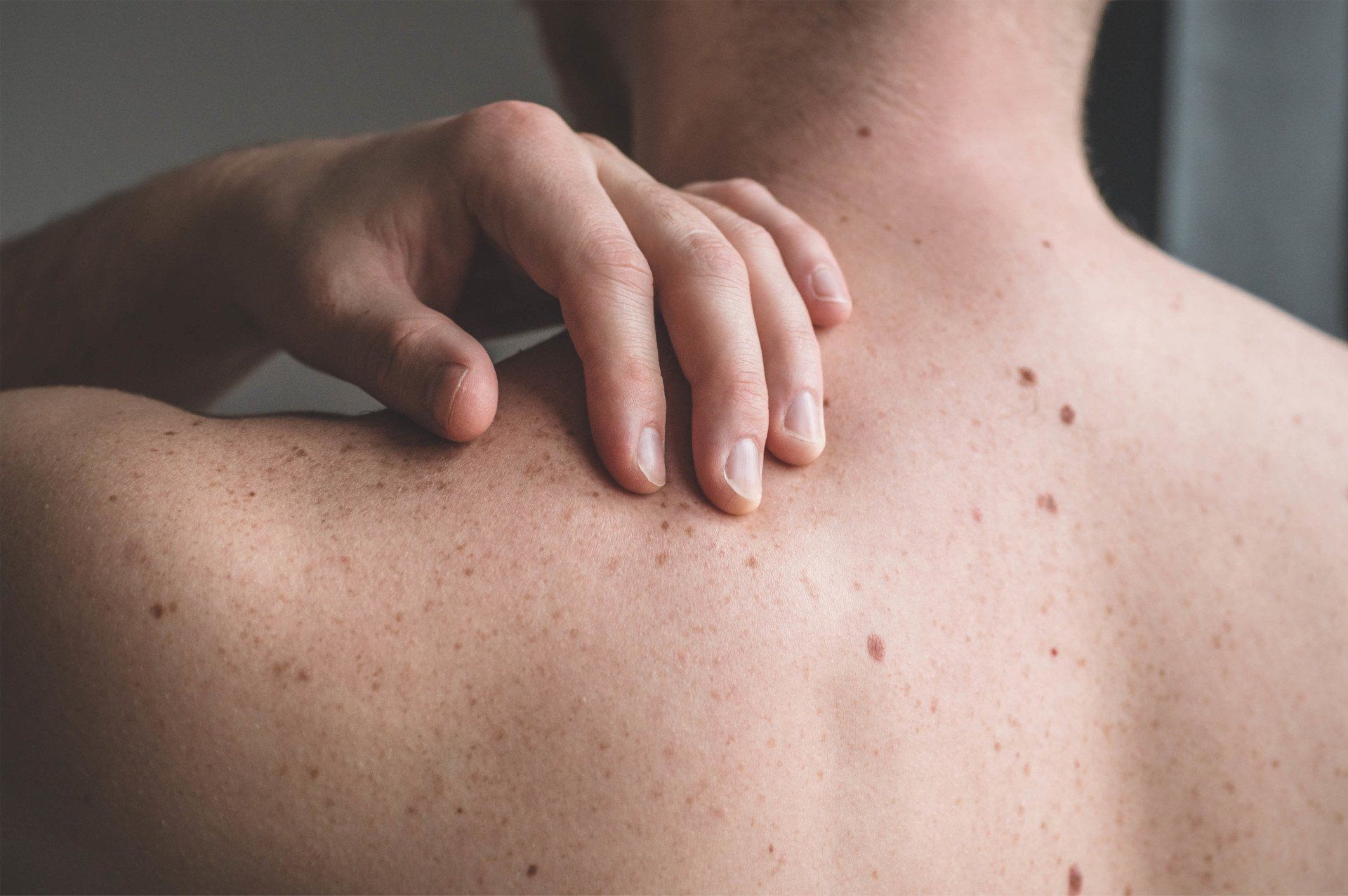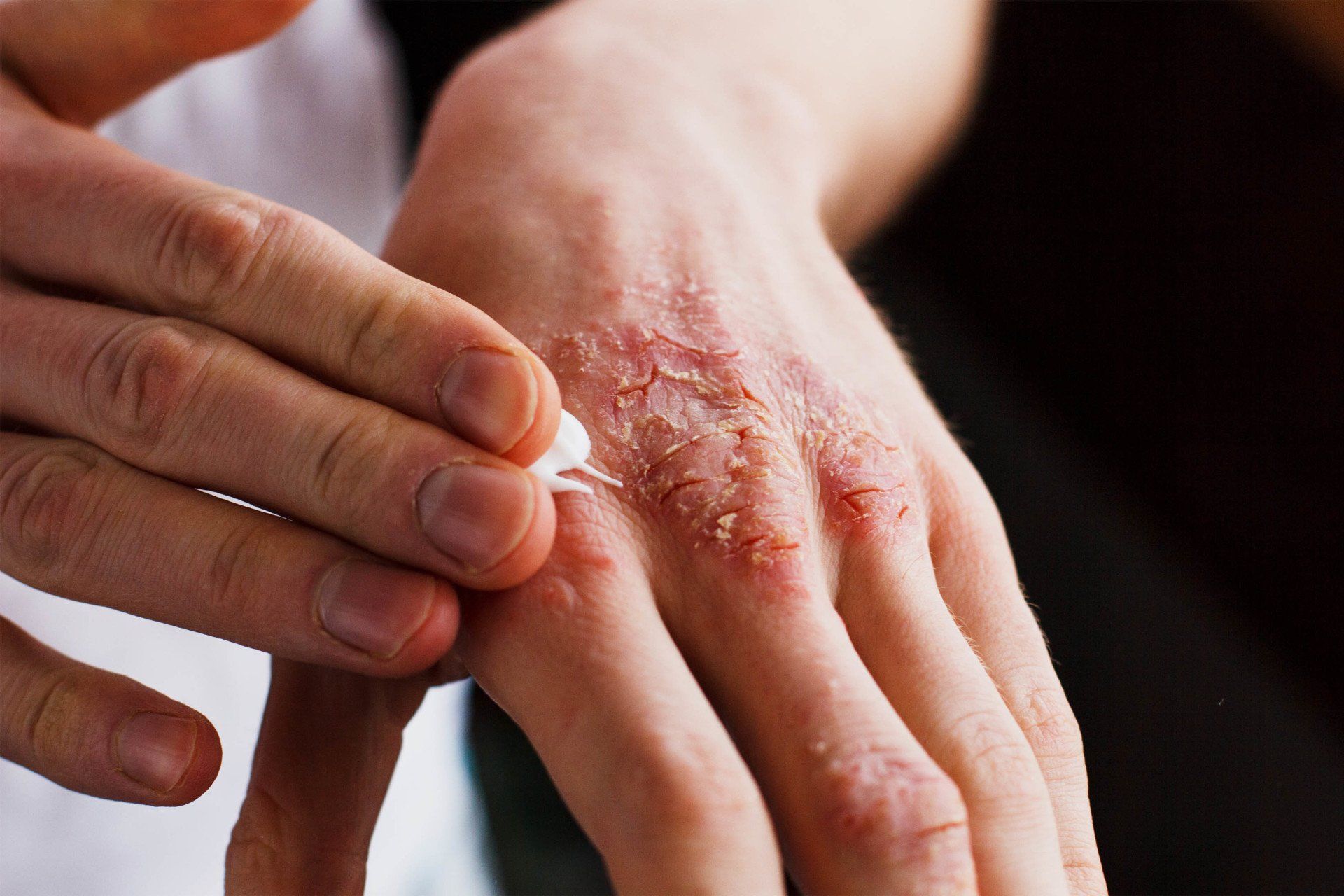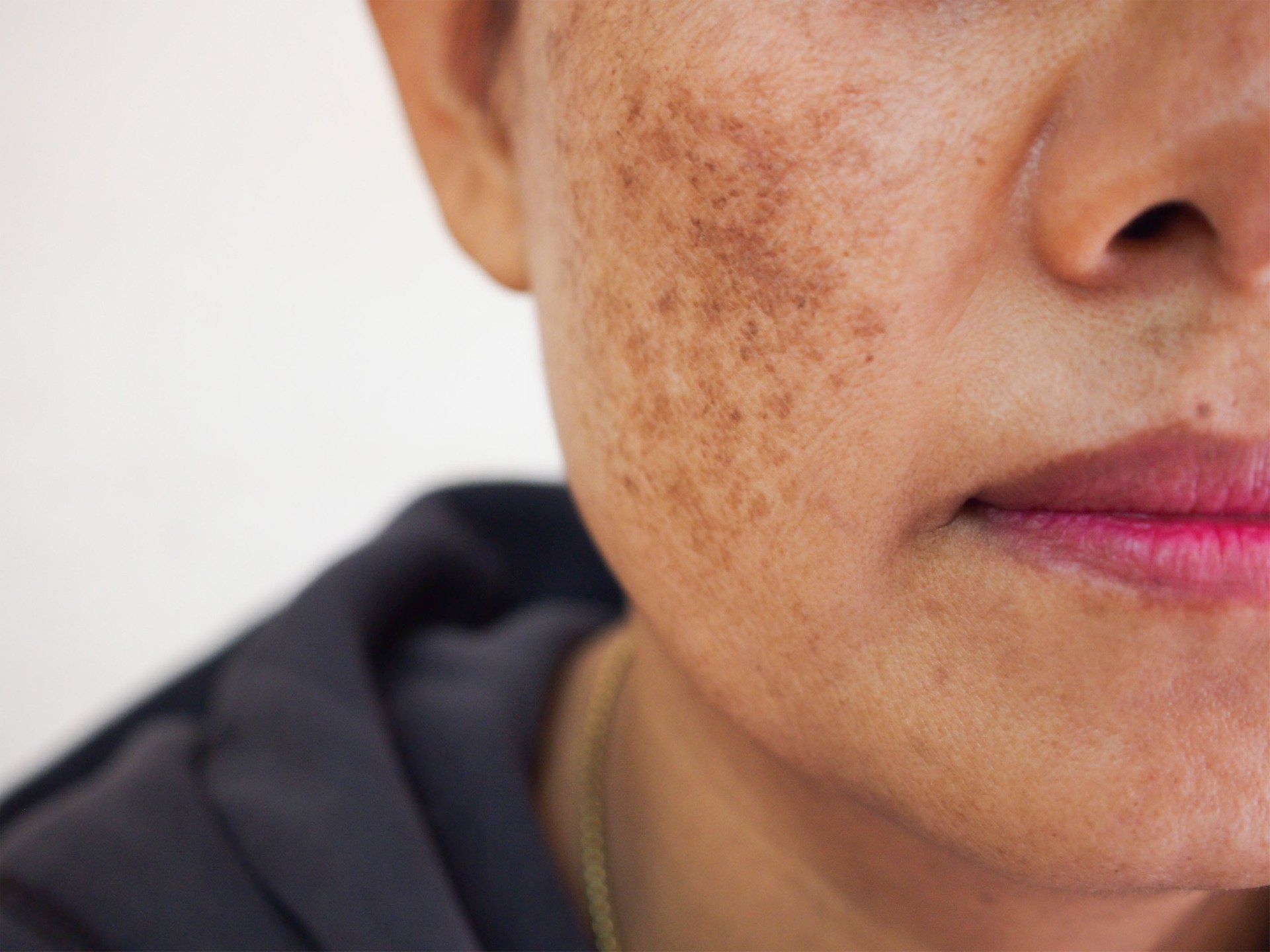Pure Dermatology
and Skin Surgery Center
2001 Santa Monica Blvd.
Suite 480-W
Santa Monica, CA 90404
310-954-9501
MEDICAL DERMATOLOGY
Medical Dermatology focuses on the diagnosis and treatment of diseases and ailments of the skin, hair, nails, lips, and mouth that may adversely affect health and quality of life. Pure Dermatology and Skin Surgery Center offers treatments for a variety of different skin disorders, and Dr. Sadeghi is committed to providing the personalized care you deserve.
Conditions & Treatments
- Abnormal Moles
- Acne
- Birthmarks
- Excessive Sweating (Hyperhidrosis)
- Hair Loss
- Infections of the Skin (Bacterial, Fungal, Viral)
- Keloids
- Keratosis Pilaris
- Melasma
- Melanoma
- Nail Disorders and Abnormalities
- Psoriasis
- Rashes
- Ringworm
- Rosacea
- Scabies
- Scars
- Seborrheic Dermatitis (Dandruff)
- Sexually Transmitted Diseases
- Skin Cancer Screening
- Skin Discoloration
- Skin Tags
- Tinea Versicolor
- Vitiligo
- Warts
- Wrinkles
Keep reading below to learn more about select conditions and treatments.
Abnormal Moles
Abnormal, or atypical moles may be referred to its medical name “’dysplastic nevi”. These kind of moles have an irregular border or shape and are generally uneven in color. The surface of these moles may be flat or bumpy and are often larger in size compared to normal moles. Though these moles are usually benign, patients with these type of moles show an increased risk for developing melanoma. Timely diagnosis, observation, and treatment (if necessary) are recommended for effective skin cancer prevention.
Acne
Acne is a common skin condition that occurs when hair follicles or pores are clogged with oil and dead skin cells, resulting in whiteheads, blackheads, or pimples varying in size and severity. Acne can occur anywhere on the body (face, neck, back, shoulders, etc) and affects people of all ages, though this condition is more prevalent among teenagers and young adults. There are many types of effective treatments for acne, which are prescribed based on the patient’s unique profile and specific symptoms.
Birthmarks
Birthmarks are skin discolorations that appear on the skin after birth. Most birthmarks are benign and usually fade away on their own after some time. However, there are some types of birthmarks that may occasionally require monitoring and treatment such as: hemangiomas (benign tumor of the blood vessels or lymph vessels formed under the skin), and port-wine stains (anomalous formation of blood vessels beneath the skin surface).
Excessive Sweating (Hyperhidrosis)
Sweating is a natural cooling function of the body, which normally occurs after exercise or during hot weather. However, profuse sweating that occurs for no obvious reason can be considered excessive sweating, or hyperhidrosis. Though hyperhidrosis is not medically severe, it may cause social discomfort or embarrassment if it is chronic and left untreated. A variety of treatment options are available to improve this condition.
Hair Loss (Alopecia)
Hair loss or alopecia is a condition that generally affects men as they age, although it can occur in women as well. Alopecia can have many causes, including: genetic predisposition or family history, stress, side effects from medication, poor nutrition, excessively tight hairstyles, and/or underlying medical conditions. Hair loss can be slowed, stopped, or even reversed with appropriate and timely treatment. For best results, a consultation is recommended to discuss the cause of hair loss and best treatment option for you.
Fungal Infections
Fungal skin infections are minor skin conditions that often appear as scaly rashes or patches of itchy, discolored skin. This type of skin condition often develops in the sweaty and damp areas of our body, such as the feet, groin, and folds of our skin. Common types of fungal infections include ringworm, jock itch, and athlete’s foot. Effective treatments are available.
Keloids
Keloids are caused by an overgrowth of scar tissue over the area at which an injury occurred. Though the condition poses no medical risk, friction from clothing and movement may cause irritation and discomfort. Additionally, keloids may cause emotional distress if located on a visible part of the body, like the face. There are optimal treatment options available for reducing or removing keloids, which are best discussed with your dermatologist.
Melanoma
Melanoma is a type of skin cancer that originates and develops in the pigment producing cells in the body, called melanocytes. It is considered the most dangerous type of skin cancer because of its rapid growth and propensity for spreading to other tissues and organs in the body. Early diagnosis and treatment is essential for the successful treatment for melanoma. Warning signs that a mole may be a potential melanoma include: asymmetrical shapes and irregular borders, an appearance of variegated color, and an increase in size and texture over time.
Melasma
Melasma is a skin condition characterized by brown or gray-brown patches on the face. While the exact causes are not yet definitive, Melasma is fairly common in pregnant women and in women taking hormonal contraceptives or hormone therapy medications. It is thought that sun exposure, hormone fluctuations, and genetic predisposition are risk factors for developing this condition. The course of treatment for Melasma will be determined upon assessment of the patient’s condition and other contributing factors unique to the patient’s medical profile.
Nail Abnormalities
Nail abnormalities are usually caused by skin disorders or infections, but they can be caused by other underlying medical conditions as well. Symptoms of nail abnormalities can include but are not limited to: overly brittle nails, indented nails, thickened or overgrown nails, white nails, spoon nails, yellow nails, discolored and inverted edges, and ridging of the nail enamel.
Psoriasis
Psoriasis is a chronic skin disorder that is characterized by red, itchy, scaly patches on the affected skin area. These irritated patches can grow anywhere on the body, but are usually found on the elbows, trunk, scalp, and knees. There is no cure for this condition, but the symptoms can be managed and controlled with precise medical treatment and lifestyle changes. You should consult your dermatologist if you experience severe symptoms that include but are not limited to the following: persistent and widespread affected areas of the skin, pain and discomfort, itching and bleeding of the affected areas, joint swelling and pain.
Rosacea
Rosacea is a chronic skin condition that usually affects the face, resulting in the appearance of redness, pimples, irritation, and enlarged blood vessels under the skin surface. There is currently no cure for this disorder, but it can be effectively managed and its severity reduced with timely diagnosis and treatment. The exact causes remain unknown, but it is determined that genetics/family history and environmental triggers may play a role in the manifestation of rosacea symptoms.
Scars
Scarring is a natural part of the skin’s recovery process from wound or injury. As the wound heals, fibrous skin tissue is formed in the area where the damage occurred. Usually, scars will fade away on their own when the initial wound is minor or heals well. However, some scars can be very noticeable and may cause emotional stress if located on a highly visible part of the body, such as the face, neck, arms, back, and legs. An examination by your dermatologist is recommended to determine the best treatment option for you.
Skin Cancer Screening
A thorough skin cancer screening is the first step in active prevention and treatment of skin cancer. This screening is performed by visual exam to assess moles and other skin lesions for signs of atypia. If skin cancer is suspected during the screening, a biopsy may be recommended for definitive diagnosis.
Skin Discoloration
Skin discoloration is a general term used to describe inconsistencies in the skin caused by dysfunctional melanin production. Many cases of skin discoloration are mild and cause no discernible impact on skin health, such as freckles, typical moles, and most birthmarks. However some skin discoloration conditions are more serious and may require observation and treatment.
Skin Tags
Skin tags are benign, flesh-colored bumps on the skin that commonly occur on eyelids, underarms, groin folds, neck, and under the breasts. They can be removed easily and effectively.
Warts
Warts are small, hard growths on the skin characterized by its rough texture and appearance. Caused by the human papillomavirus, these usually occur on the hands and feet and are generally painless unless they are located on the bottom of the feet. While some warts are mild and may go away on their own, persistent warts may require medical intervention and removal. Effective solutions for wart removal can include cryotherapy (freezing the wart off with liquid nitrogen), immunotherapy and topical prescription treatment.
Wrinkles
As we age, our skin naturally produces less collagen and elastin, which makes our skin thinner and less resilient to environmental damage. This often results in visible folds in our skin called wrinkles. We offer a variety of state of the art skin treatments, which can improve the appearance or even eliminate wrinkles by restoring the plumpness and vitality of the skin.






